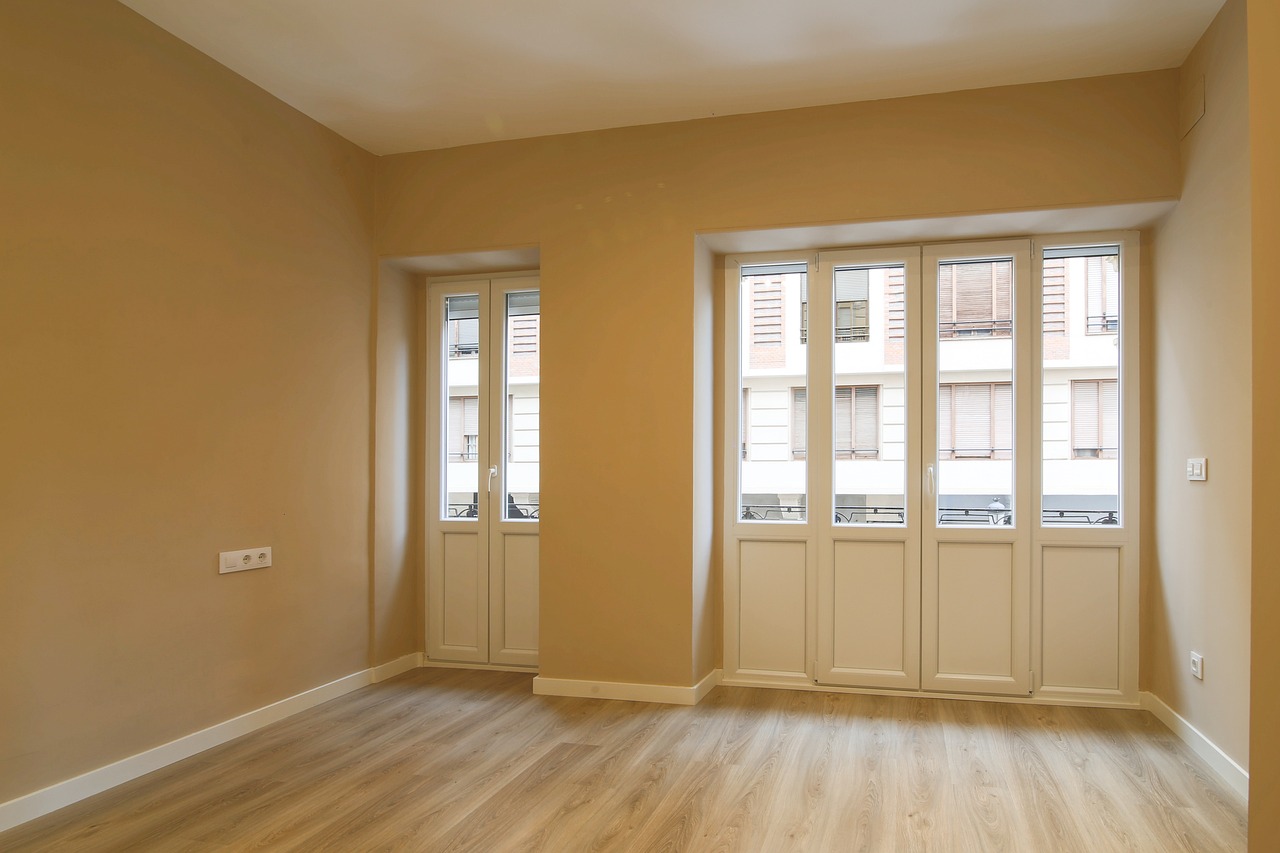Reinventing Spaces: The Rise of Multifunctional Rooms in Modern Homes
Introduction: In our ever-evolving modern world, homes are no longer just places to eat, sleep, and relax. They are becoming dynamic spaces where we work, exercise, learn, and even socialize. This shift in functionality has given rise to a new trend in home design - Multifunctional Rooms. This article delves into the origin, current trends, and practical implications of this innovative design approach.

The Origins of Multifunctional Rooms
Multifunctional rooms are not a new concept. They were common in medieval times when families lived, ate, and slept in one large room called the Great Hall. Over time, as homes became larger and more complex, rooms began to be designated for specific functions. However, with the advent of the digital age and the rise of remote work and learning, the need for rooms to serve multiple purposes has resurfaced.
Multifunctional Room Design Trends
Today’s multifunctional rooms are about smart use of space and adaptability. They often involve convertible furniture, such as murphy beds, fold-down desks, and ottomans with storage space. Room dividers, sliding doors, or curtains may be used to create separate zones within a room. Open floor plans are also common, as they allow for flexibility in how the space is used.
Expert Insights on Multifunctional Rooms
Design experts believe that multifunctional rooms are here to stay, particularly in urban areas where space is at a premium. They also note that this trend reflects a larger societal shift towards more flexible and efficient ways of living. Homeowners are seeking spaces that can adapt to their changing needs, whether that’s working from home, homeschooling children, or accommodating guests.
The Practicality of Multifunctional Rooms
Multifunctional rooms offer numerous practical benefits. They maximize the use of space, making them ideal for small homes or apartments. They provide flexibility, allowing homeowners to adapt their living spaces to suit their changing needs. And they can even increase a home’s resale value by making it more appealing to potential buyers.
Enhancing Daily Living with Multifunctional Rooms
Multifunctional rooms can enhance daily living by making homes more comfortable and efficient. For example, a living room that doubles as a home office can save a commute to work, while a guest room that also serves as a home gym can make it easier to fit exercise into a busy schedule. By blending functionality with style, these spaces can significantly improve the quality of life.
The rise of multifunctional rooms reflects our evolving lifestyle needs and the desire for more adaptable and efficient living spaces. As this trend continues to gain momentum, it’s clear that the homes of the future will be much more than just places to eat, sleep, and relax. They will be dynamic, multifunctional spaces that can adapt to our changing needs and enhance our daily lives.






